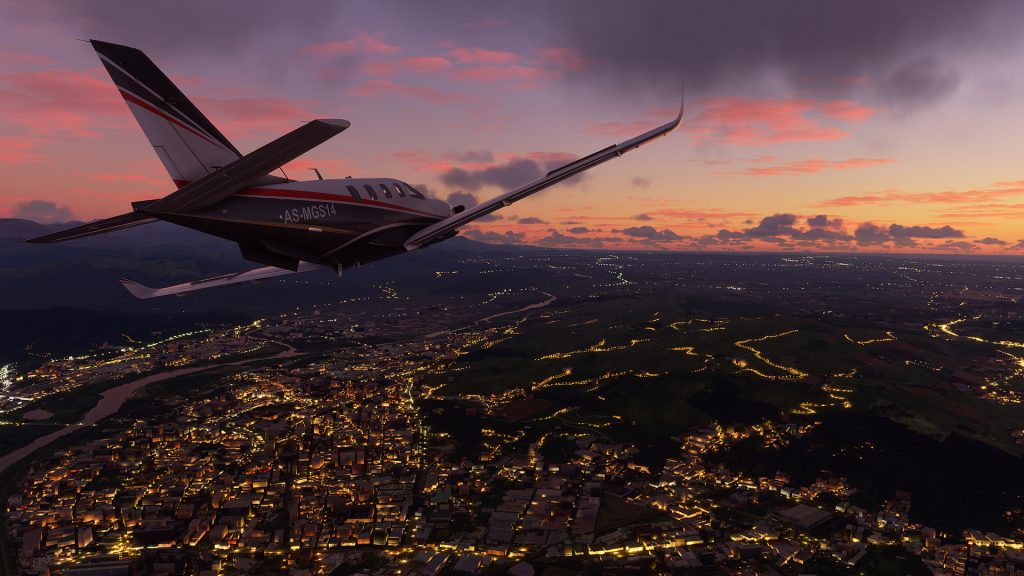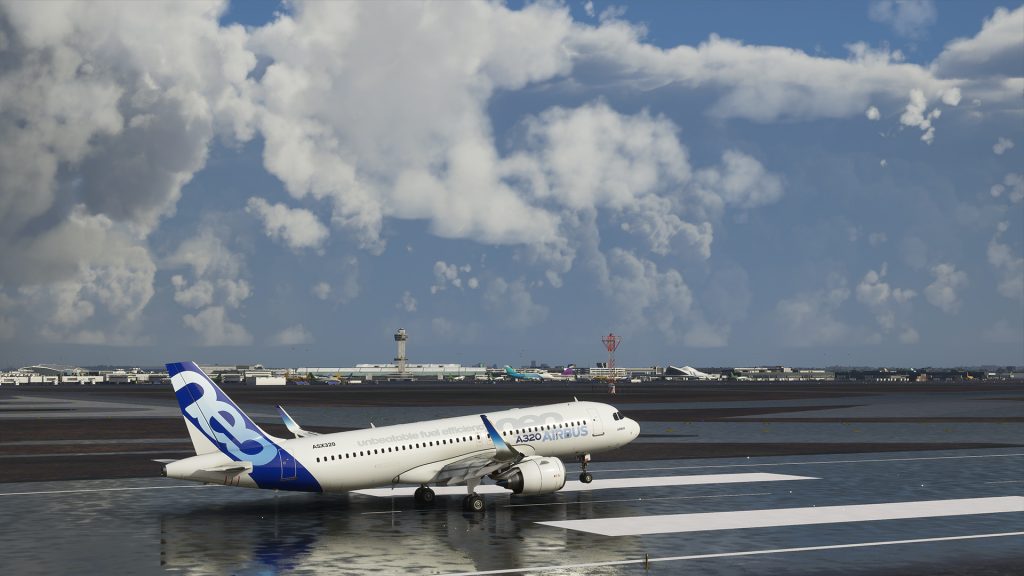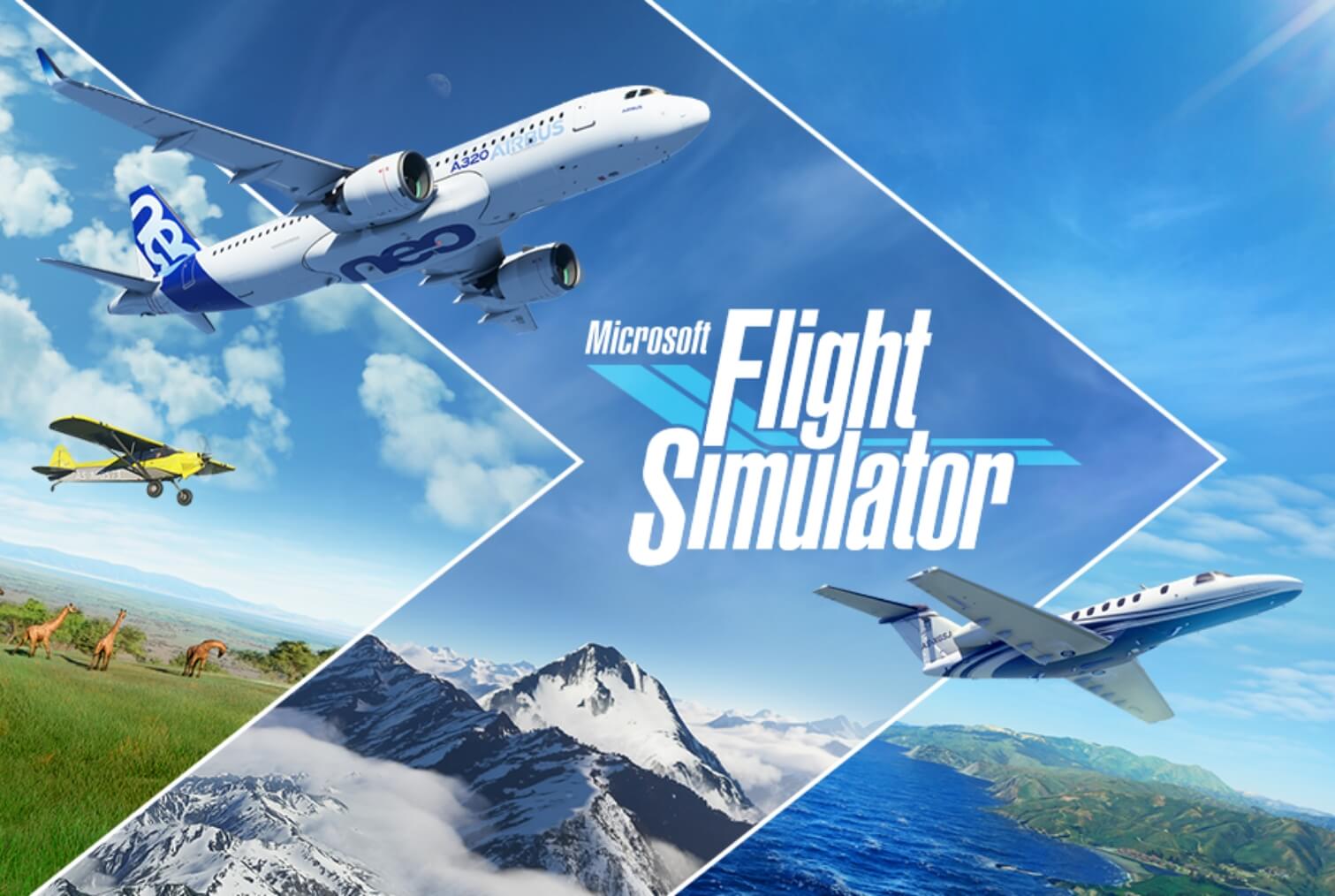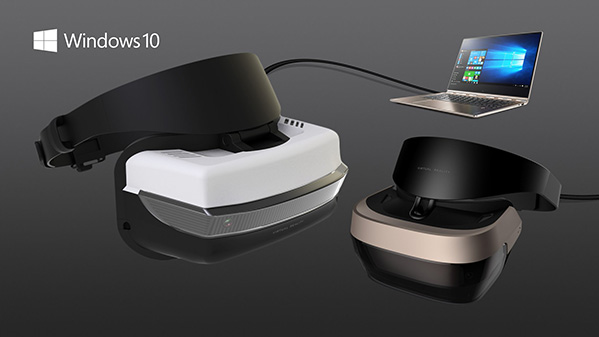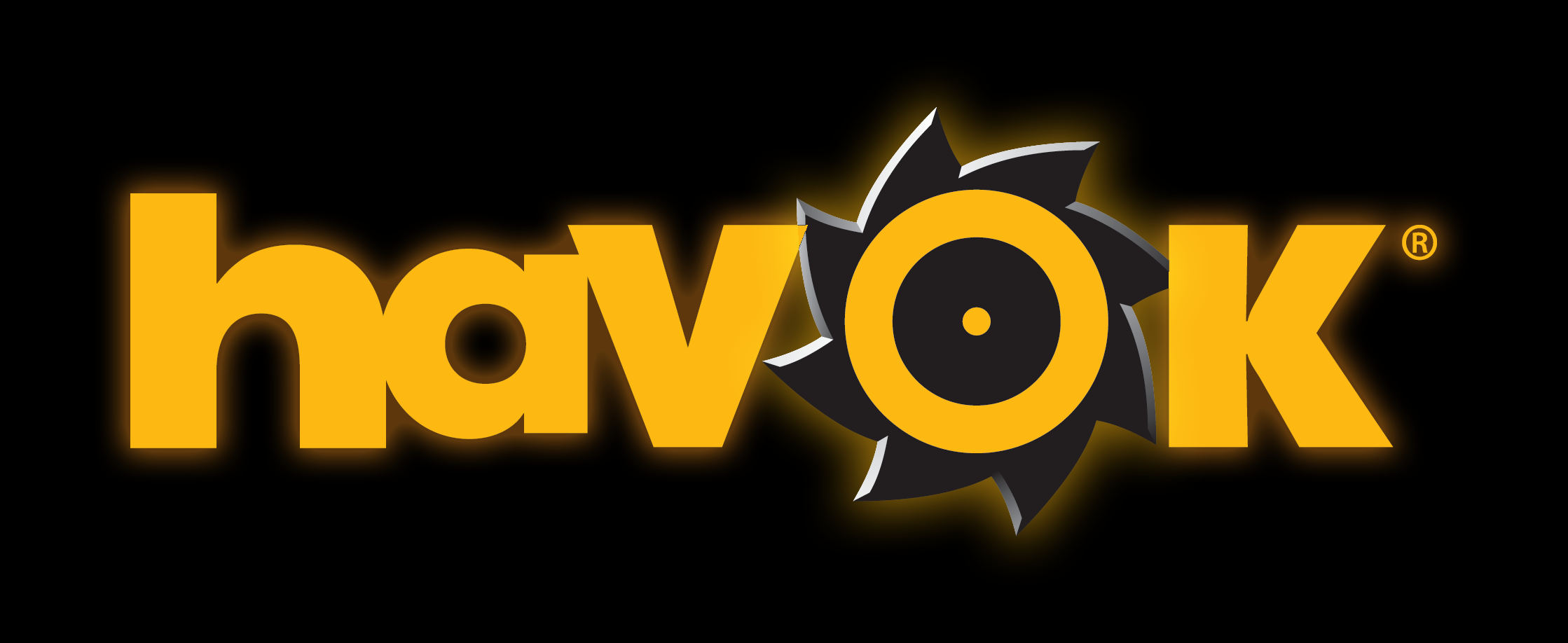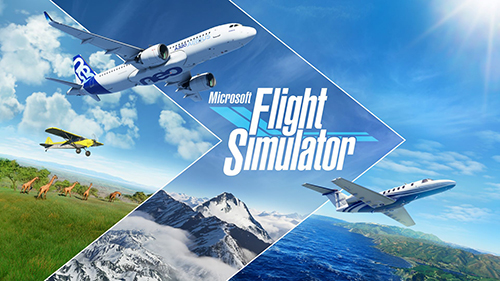
The Microsoft Flight Simulator series has been with us for the better part of three decades now, initially simulating the aviation experience using simple colors and shaders, before eventually jumping into full blown textured 3D. The 2020 edition of Microsoft Flight Simulator is another generational leap in the technology of the series, coming from A Plague Tale‘s Asobo Studio. Using Microsoft’s Bing Maps data and Microsoft Azure cloud technology, Microsoft Flight Simulator now offers you nothing less than the entire world, and it’s something that has to be seen to be believed.
Given the entire planet as a map, with significant airports marked (but a staggering number of minor airports also included), you can literally charter a course from anywhere to anywhere. In some locations, the detail is staggering. New York is very much the showcase for the amazing graphical fidelity in the game, even if you don’t have a powerful rig, while locations like Paris, France have significant landmarks like the Eiffel Tower and Louvre lovingly recreated. And, of course, from the sky the close-up detail doesn’t matter so much, as the simulation of real-time weather, lighting and cloud effects makes for some pretty stunning vistas in-flight. The ability to go anywhere in the world, at a time where nobody can go anywhere at all, is pretty magical.
Outside of these select locations which received personalised attention, the rest of the game’s topography has been generated using AI technology, based on information that Azure has been able to parse. The success of this ranges from hilarious (like the now-famous example of the monolithic 200-story tower in Essendon), to the somewhat impressive. You can literally find your own house by following roads, and then land outside. What it looks like, however, will likely be a generic approximation of what type of structure it is. My parents’ house, for example, looks like a standard house from Texas, rather than Australia, while the MCG has been rendered into a circular block of offices. Of course, it’s unrealistic to expect a developer to be able to fully model in detail the entire planet, but the results of what Microsoft Flight Simulator‘s AI throws out sometimes can be pretty funny.
Microsoft Flight Simulator’s cockpits are also pretty remarkably detailed, and not only look great but help with your understanding of the tools and systems on-board the aircraft. From the pull-out throttle of a tiny Cessna, to the dozens of switches and toggles of a 787 Dreamliner, everything has been re-created in stunning detail, even if some of the buttons are non-functional due to practicality. You even have pretty fine control over your radio system, including the ability to give yourself whatever dumb callsign you can think of, and have ATC actually speak it out loud to you.
As someone who has no practical experience in actual flying, or even proper simulations of flying – but does enjoy flying games, Microsoft Flight Simulator did a decent job getting me up to speed. There is a short training course you can take from the main menu which familiarises you with taking off, circling and landing in a small aircraft, and all the instruments and controls involved in that. While this course is pretty good, and Microsoft Flight Simulator offers a range of fun challenges like landing at difficult runways in famous airports, there isn’t much room to develop your skills and work your way up to understanding larger aircraft, without your own independent practice and research. If you decide you want to jump straight into an airliner and recreate a holiday trip, you’ll probably be overwhelmed by the different layout and number of controls on offer.
This is mitigated by the number of assists and customisation on offer. You can customise how much the AI looks after you – from pre-flight checklist to radio control to even flying the aircraft – while also getting into pretty fine detail on the things you do control, like yoke, steering and crash simulation (or harmless bumper-bar physics). It really does let you tailor the experience to any experience level. While steering using a keyboard and mouse is fine, using anything with a joystick is recommended. Xbox controllers work much better, although basically require you to dumb down some of the settings with the limited number of buttons, and have a pretty small analogue deadzone, requiring you to be very accurate with your piloting. The obvious solution is to heavily invest in the proper equipment – a proper flightstick, some pedals and extra controls – although the space requirement starts to get up there (along with the cost).
As for what you actually do in Flight Simulator, that’s very much just open to you right now. At this stage the game is mostly a sandbox for checking out the world with pretty stunning visual beauty, and honing your flying skills. Outside of the small series of ‘activities’ included in the game including landings and ‘bush trips’, there is a weekly landing challenge open, but not much else in terms of turning the simulation into more of a ‘game’. This clearly wasn’t necessarily the focus of Microsoft Flight Simulator, not what you should probably expect going into a hardcore simulation like this, but nevertheless it’s an area where there is an opportunity for Asobo to expand and add a lot more to.
Multiplayer, at this stage, is basic and not immediately straightforward. You can add friends into groups and then encounter each other in separate planes, as long as you’re chartering the same course, or spawn over each other if you can find them on the world map. There’s currently no option for co-op or interacting friends as co-pilots, or any really useful tools for meaningful interacts outside of party chat and just taking in the majesty of the open air, and it’s definitely an area that could be expanded on in future. It’s also worth mentioning that at launch, Flight Simulator has quite a few issues with bugs and general performance. Loading times can be exceptionally long, flying over detailed ‘hero’ cities like Paris can suddenly cause your frame-rate to dive, no matter your rig, the installation process seems buggy and the game is known to crash for some people semi-regularly. There was also one time I managed to take my low-range Cessna to a height of over 100,000 feet and fly over the east coast of Australia in a couple of minutes like a rocket ship.
Microsoft Flight Simulator is truly impressive. You literally have the entire world at your fingertips, and the freedom to customise your flight in incredible detail. But, it feels like the base – the proof of concept simulation that will be built upon – for a game that can become truly remarkable. There is a lot of room to expand the experience, from more ways to develop players into full-blown pilots, to multiplayer options, bug-fixes, added detail for locations, and even VR support. The question is, how much of this will come in the way of free updates, and how much will be added content offered in the store, where you can already purchase a selection of mods and extra planes, some of which will run you north of AU$40 a pop. However, when you can play the standard edition free on Xbox Game Pass, it’s hard to argue with the initial value, as Microsoft Flight Simulator takes one of gaming’s oldest mainstays and truly upgrades it into a next-generation experience.
- Unprecedented scope and size gives you the world to play in - Depth to the simulation and a huge amount of customization to your skill level - Wide variety of planes to fly, with the promise of a lot more to come - Gets you set up with the basics of flight for beginners
- Could do a lot more to skill up beginners into experienced pilots - A range of bugs, ranging from loading to crashing to AI glitches - Multiplayer needs work, no option for co-pilot

